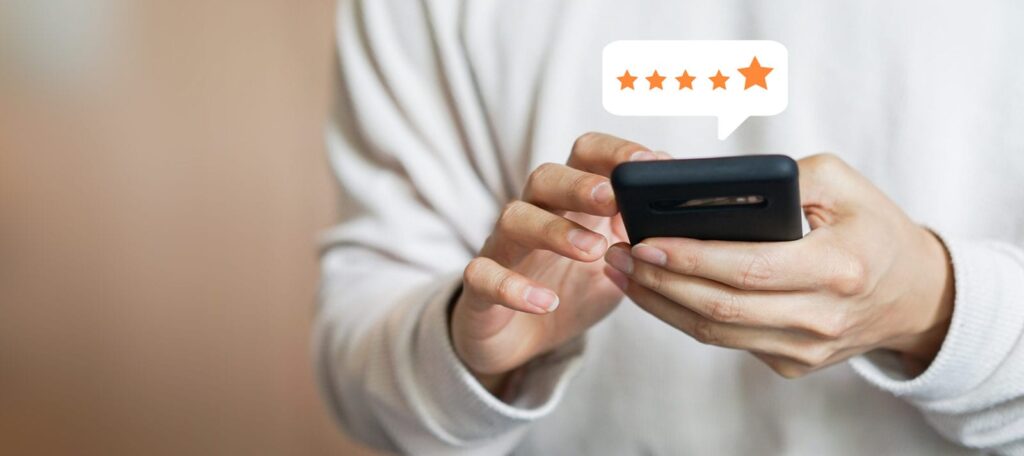
As we return to normal life, we must not forget the lessons learned during the pandemic.
By Medecision
“You don’t miss your water till your well runs dry,” a classic R&B song laments. Before the pandemic, we may have taken too much for granted. So many aspects of what we considered normal, everyday life were a given … until they weren’t. The ability to gather in groups, for example―to dine in restaurants, attend sporting and entertainment events and worship services, travel, and so on―was seriously curtailed, and we didn’t like it a bit, even if we understood the reasoning.
Now, with more Americans getting their vaccinations, life has been moving back toward some semblance of normal in certain areas. (We should caution that, at this writing, new COVID-19 cases were up nationwide, an increase attributed to the highly contagious delta variant, declining vaccination rates and large Fourth of July gatherings.) While we welcome the return of life as we knew it before the pandemic, our future decisions and actions must be informed by the lessons of the past year. Here are a few lessons learned from COVID-19:
Mental Health Must Be Taken Seriously
In a recent blog post, we discussed America’s mental health crisis, the importance of early intervention, how hospitals and community-based organizations can partner to identify and diagnose issues before they worsen, and the need for improved access to mental healthcare. We also have shared stories of how smart companies support their employees’ mental health, along with steps that the healthcare industry―noted for high levels of stress―can take to help protect its workers’ mental health. Such measures have proved invaluable.
Regardless of who we are or the position we hold, we can make a difference in a variety of ways, including:
- Awareness. The realization that none of us is immune should help us normalize the conversation about mental health, taking aim at stereotypes and stigmas and fostering empathy for those who are struggling.
- Helping identify those at risk. If a friend, loved one or close coworker shows signs of depression, anxiety, stress or burnout, let them know that assistance is available and offer to steer them in the right direction. If you are struggling with any of these issues, seek help through your health plan or your employee assistance program, or reach out to a friend or trusted counselor.
- Support. At all levels, we must support comprehensive mental health programs and embrace holistic approaches that consider all aspects of an individual’s health: physical, mental, emotional and spiritual.
Human Connection Is Essential
Genuine human connection can do much to improve one’s physical, mental and emotional well-being. Dr. Emma Seppala, Ph.D., science director of Stanford University’s Center for Compassion and Altruism, wrote in the article “Connectedness & Health: The Science of Social Connection”: “People who feel more connected to others have lower levels of anxiety and depression. Moreover, studies show they also have higher self-esteem, (have) greater empathy for others, are more trusting and cooperative and, as a consequence, others are more open to trusting and cooperating with them. In other words, social connectedness generates a positive feedback loop of social, emotional and physical well-being.”
The stay-at-home orders and other restrictions on group gatherings that we experienced during the pandemic took a psychological toll on many people. While videoconferencing and other technologies helped fill the void, they are no substitute for in-person interaction, especially for those of us who crave eye-to-eye contact, a smile, and a handshake or hug.
Still, sometimes we just have to do whatever we can to let those we love know we are thinking of them, whether that be face-to-face, through a window pane or over a Zoom call.
Work Can Be From Anywhere
Thankfully, we are resilient creatures, remarkably adept at adaptation. That skill, along with various technological advances, provided opportunities for employees in a variety of industries to work from home. Others were not so fortunate, of course, particularly those who work in industries such as foodservice, food processing, healthcare, manufacturing and transportation.
But many managers who previously were hesitant to allow work-from-home options for their employees have seen that such arrangements can be effective, not only providing for flexibility that accommodates a healthy work-life balance but also in some cases allowing employers to drastically cut overhead costs such as office space. The “secret” is out: Working from home works!
Digital Health Is Here to Stay
In the midst of the pandemic, a doctor’s office was the last place most people wanted to be, and in many locales, routine in-person visits simply weren’t possible for a while. Yet the need for care did not go away, and neglecting checkups and other ongoing maintenance could cause existing problems to worsen. Out of necessity, the use of digital health technology and telehealth platforms, which previously had been used by a small percentage of U.S. adults, soared to new heights.
As with working from home, the best way to prove it could be done successfully was to just do it. We’ve previously written about how virtual healthcare can help humanize the healthcare experience, making care more accessible and convenient for patients. It also provides cost savings and the more efficient allocation of limited resources. Now that patients, providers and payers have seen the benefits, this option is unlikely to retreat into the shadows.
Just like the true value of social gatherings and other privileges we might have taken for granted before COVID-19 changed everything, these bits of hard-earned wisdom should be etched into our collective consciousness.



About The Author: Medecision
Fully delivering on the promise of data — and making the business of healthcare simpler and more successful — Medecision offers a whole new world of possibilities. The company's flagship offering, Aerial™, stands as the market's most extensible clinical data platform. It offers complete contextual awareness of members and automates next best actions — simple campaigns, complex care management, utilization approvals, and more — for optimal health outcomes.
Aerial is not only quick to deploy, it is easy to manage. The platform's effectiveness in reducing both medical and administrative costs, coupled with its role in improving the member and patient experience, has made it the preferred choice for health plans and care delivery organizations. Presently, Aerial is instrumental in catering to over 10% of the U.S. population, marking a significant milestone in advancing healthcare efficiency and effectiveness.
More posts by Medecision